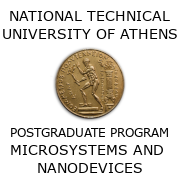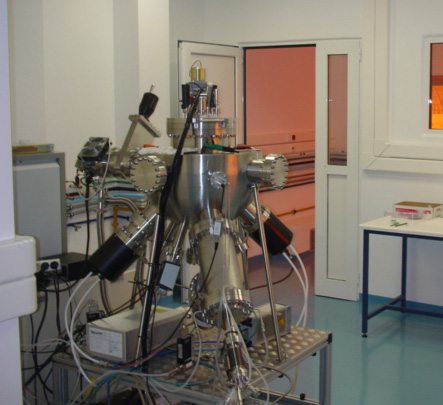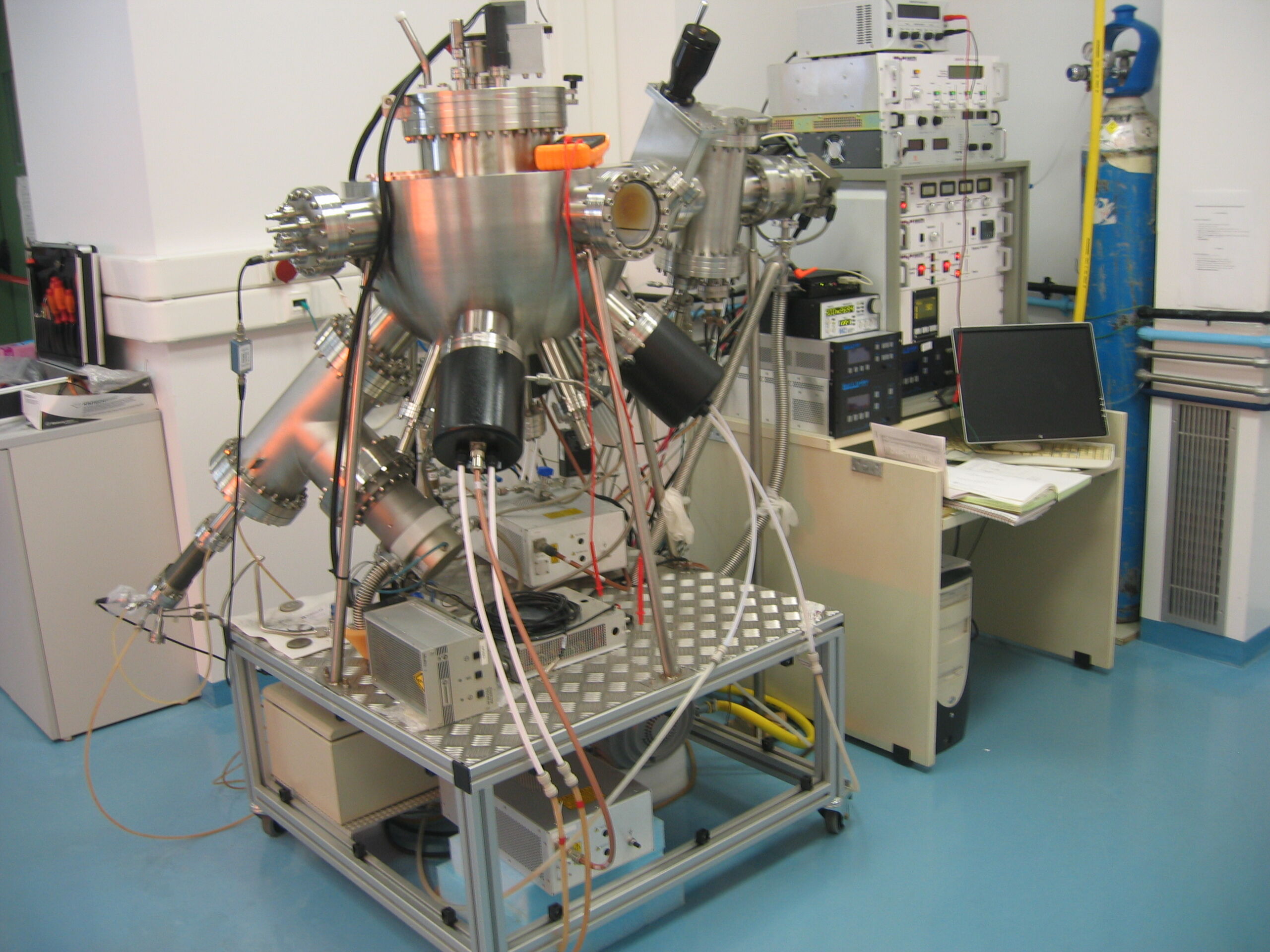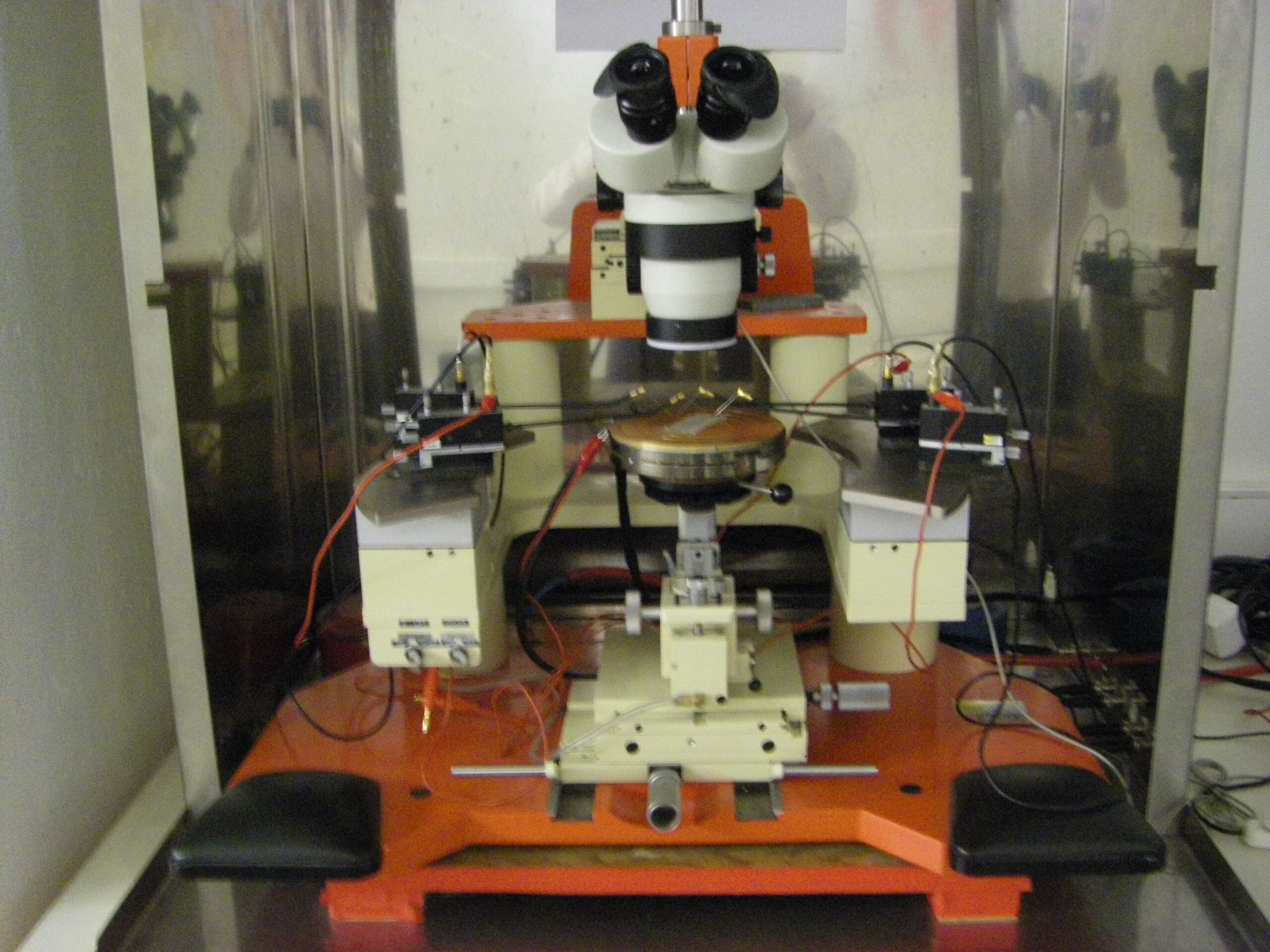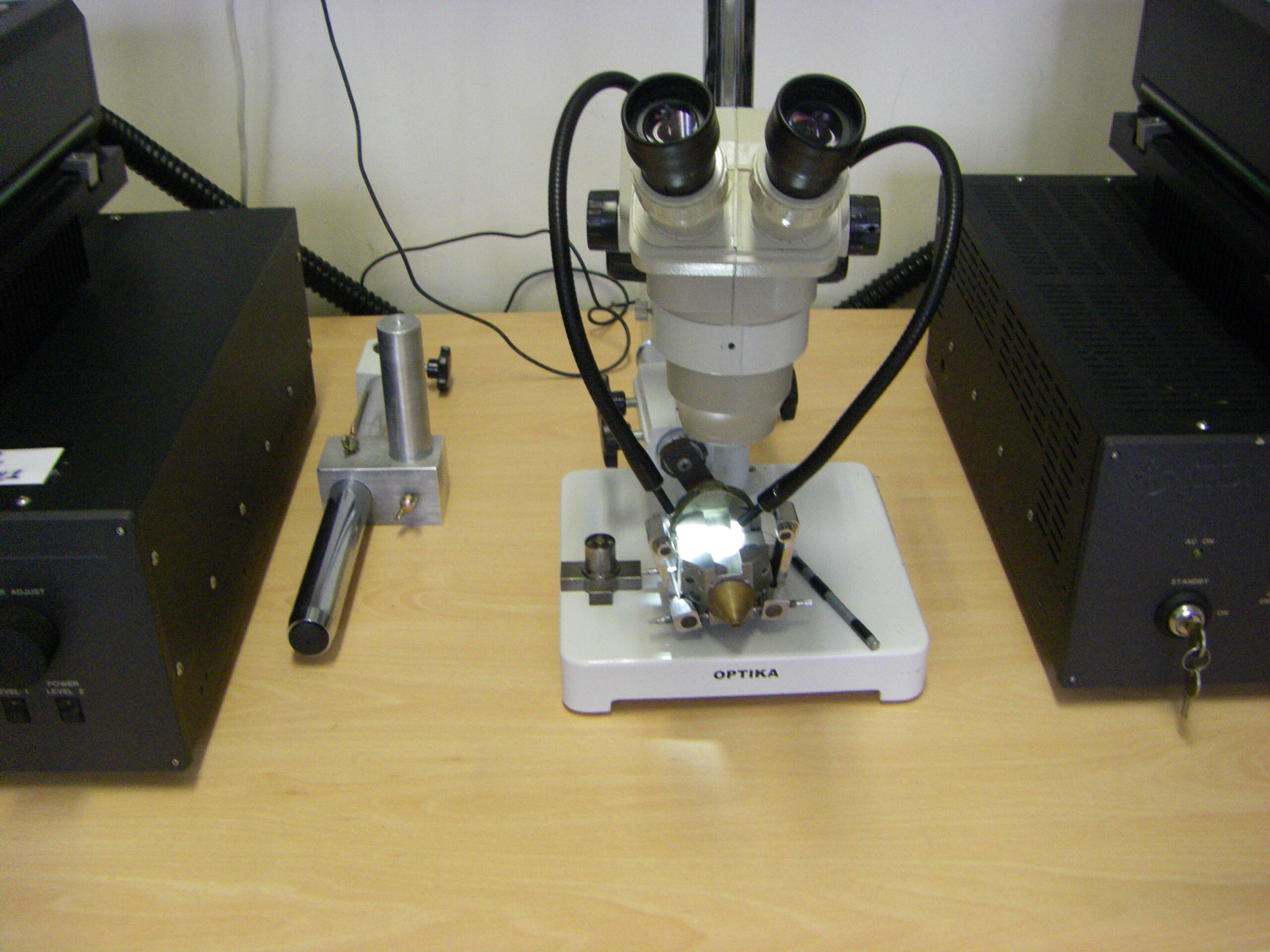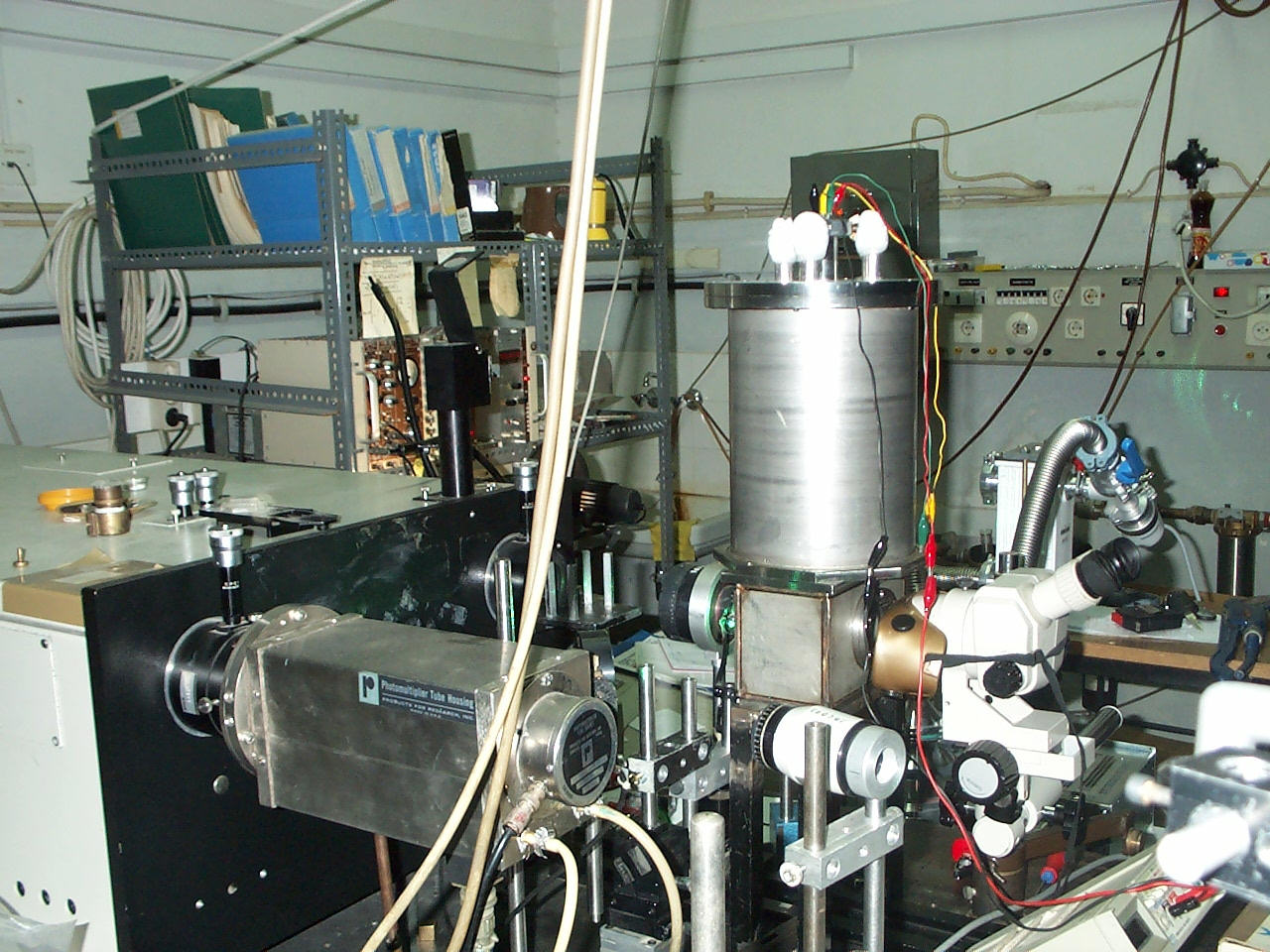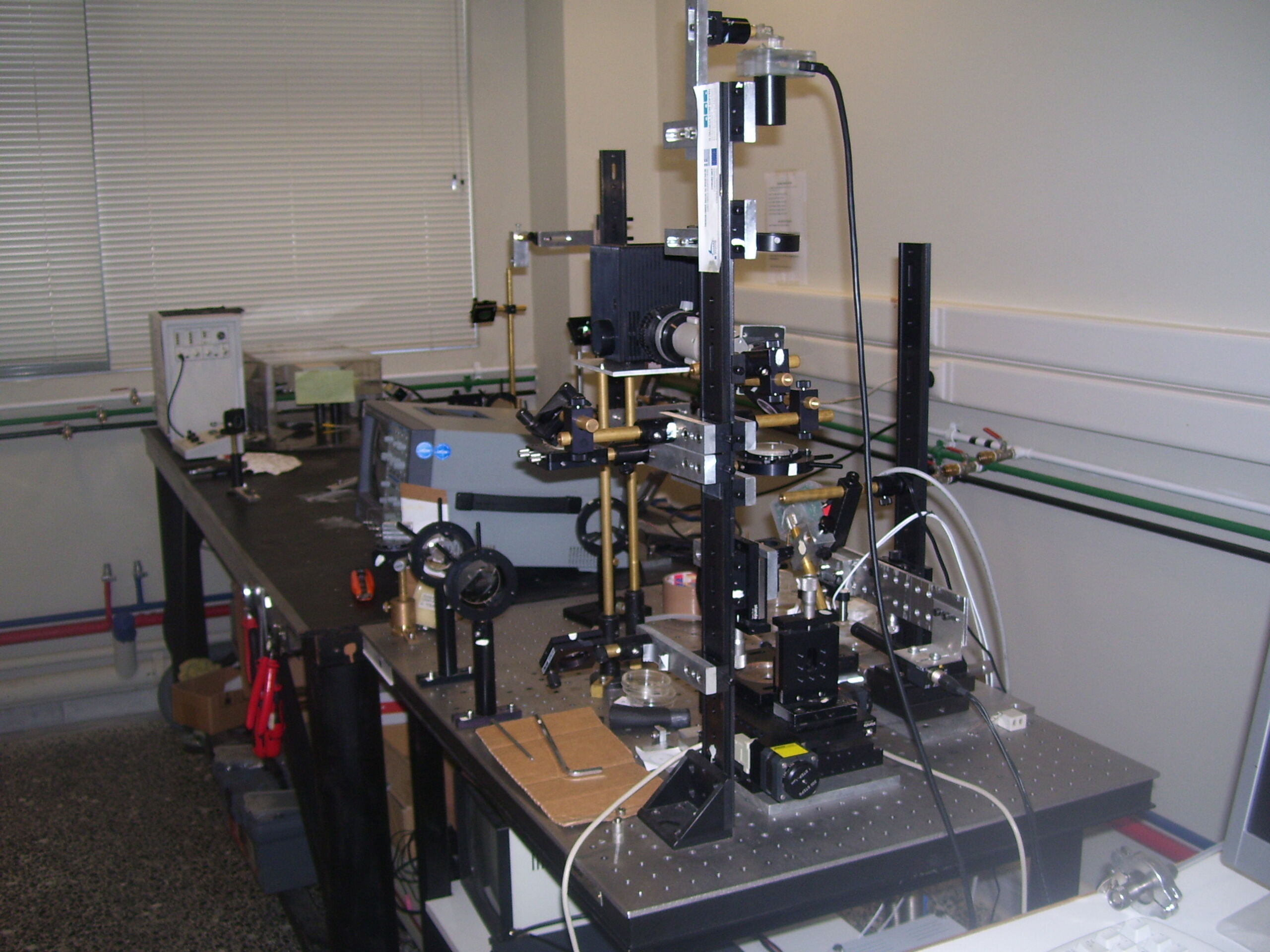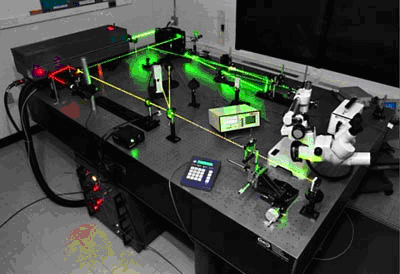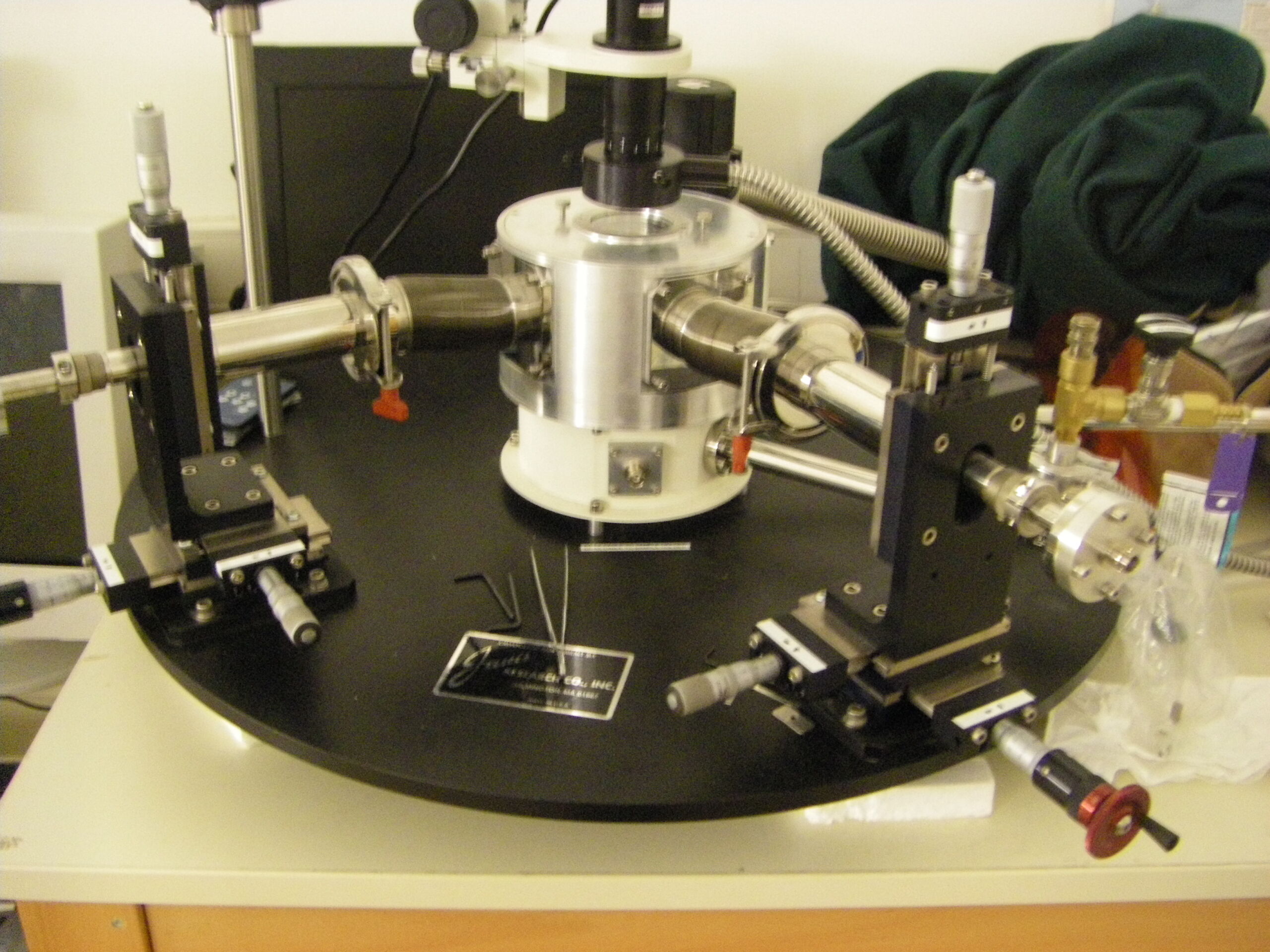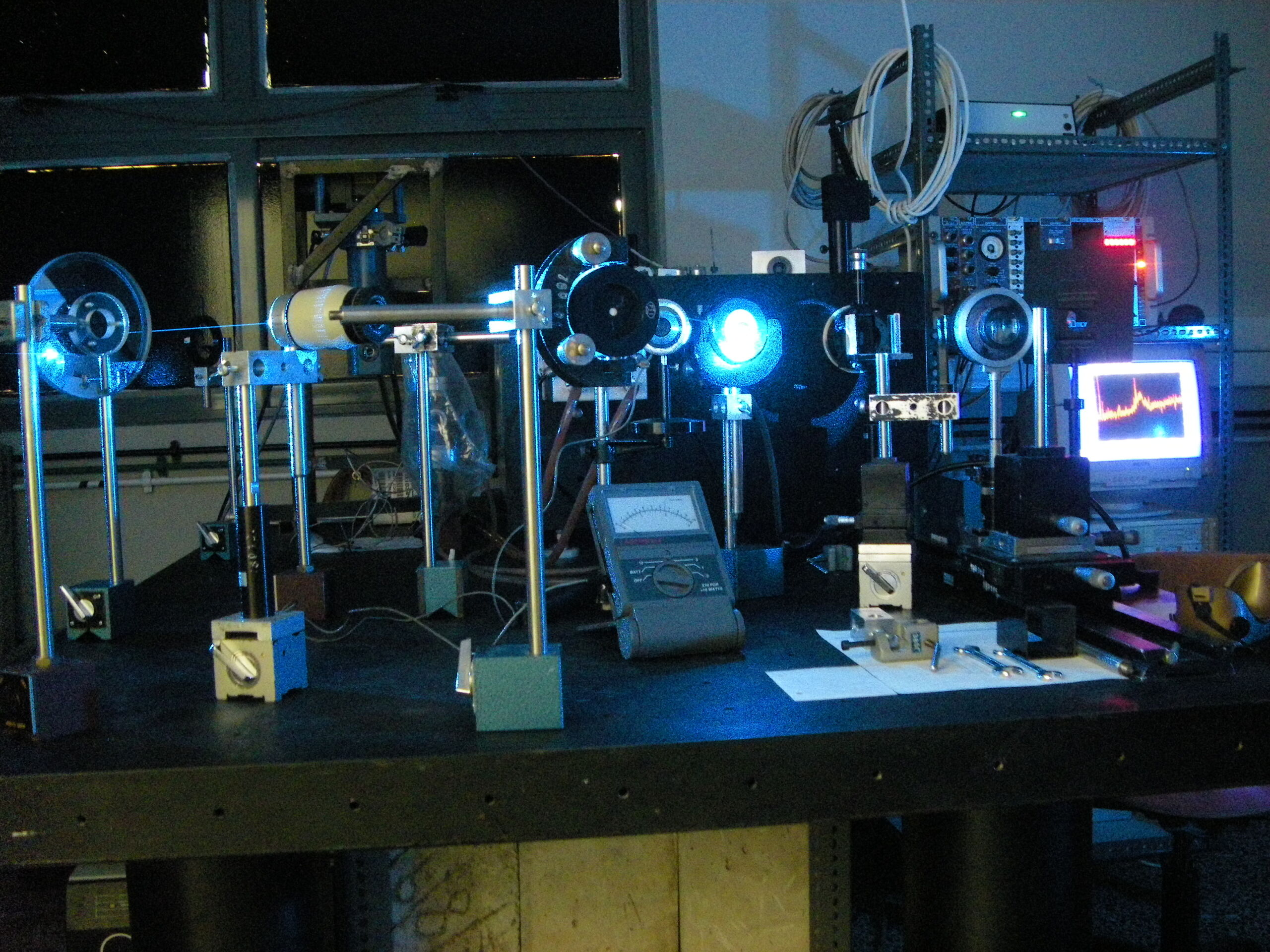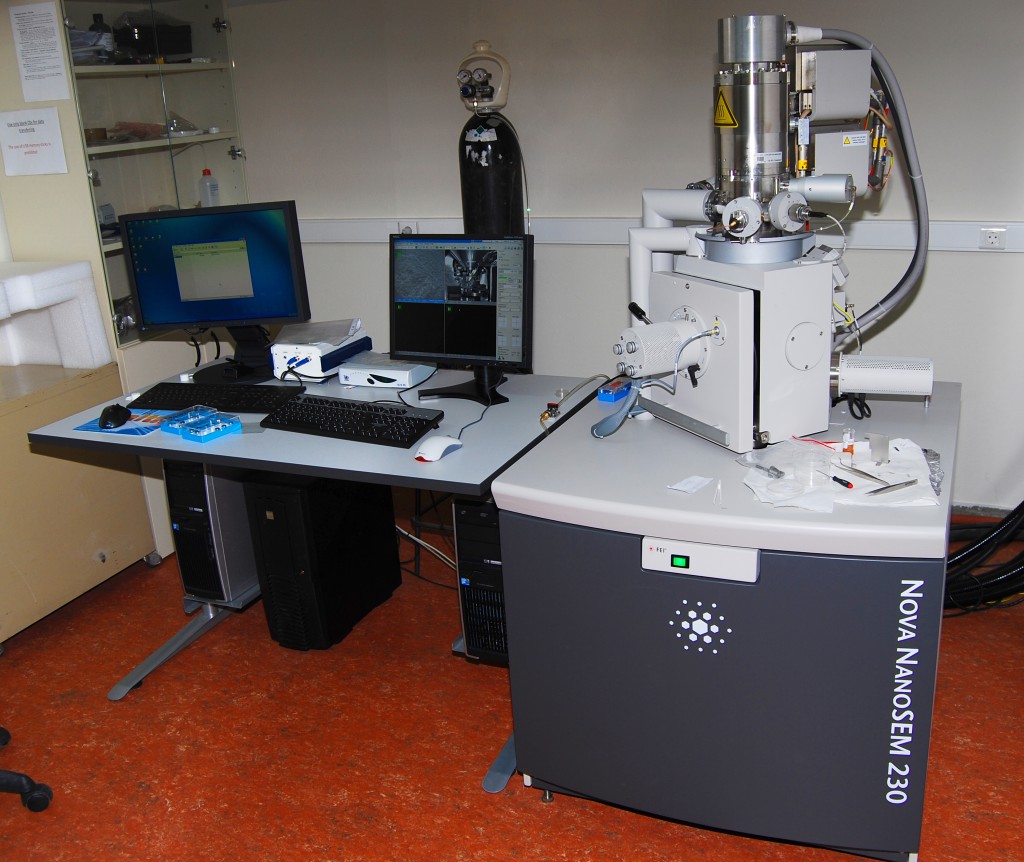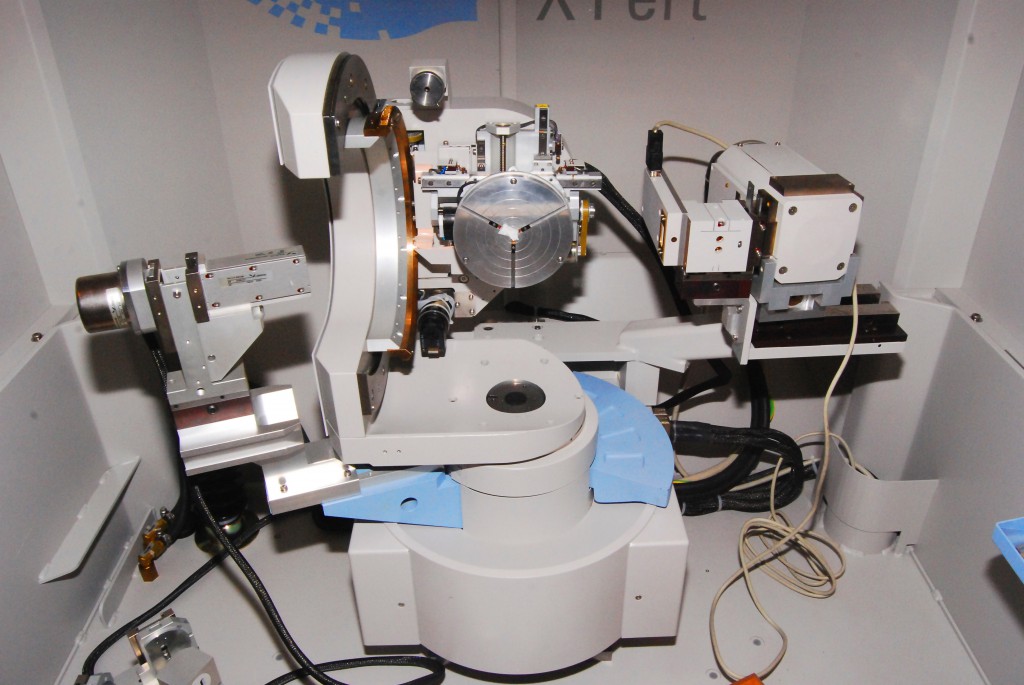Microsystems applications range from health and medicine to environment, energy systems, and telecommunications. Conventionally, one can speak of nanotechnology when the dimensions of the components of a microsystem fall below 100nm. Although nanotechnology covers a wide range of diverse activities the present postgraduate course gives emphasis to the transition area between Microsystems and nanotechnology and its applications to microelectronics and sensor design, fabrication and testing.
The diversity of the knowledge required for the development of such structures makes the subject matter an interdisciplinary one. The design of a course in Microsystems and nanotechnology at a postgraduate level has seriously taken into account this issue. The program has been designed in such a way that provides adequate knowledge at two levels: a) Understanding technological issues at a molecular level e.g. solid state physics of the nanomaterials. b) Understanding technological issues at the nano-macro-scale or system-level.
Full details about the organization and rules of MINA can be found in the MSc Program Regulation.
The truly interdisciplinary character of the Program is reflected to the following Academic Faculties which contribute to its educational and research activities.
Collaborating Institutions
